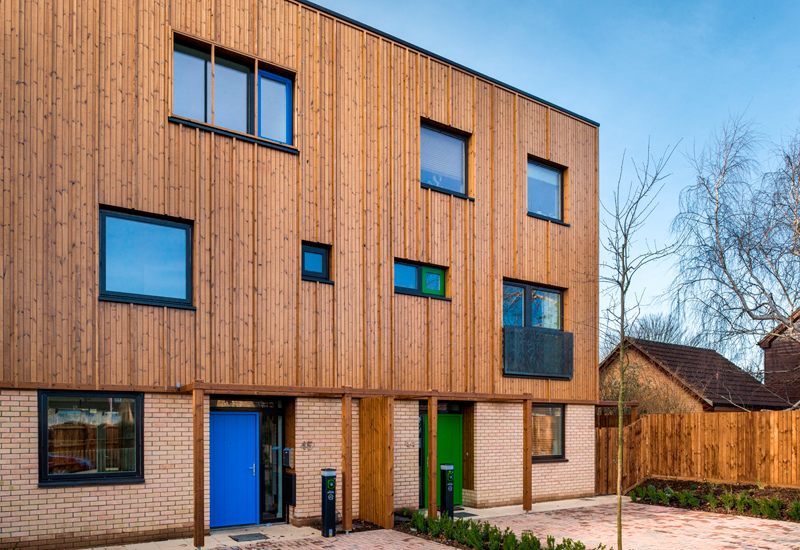
A recently built Carbon Zero home will be carefully monitored over the next year to see how it performs alongside normal family life.
The top-20 UK housebuilder Hill has selected a family – the locally based Rayners – to live rent and bill free in its carbon zero concept home in the Trumpington area of Cambridge for one year.
The Rayner family moved into the home in January to undergo detailed monitoring with a focus on which sustainable features are best suited for modern family life and the personal impact that sustainable living can have.
The concept home is the prelude to Hill’s Virido development (meaning ‘to become green’ in Latin) to be delivered in conjunction with Cambridge City Council. The site, consisting of 208 carbon zero units, is the next phase of Great Kneighton in the Cambridge Southern Fringe.
Half of the site will consist of private for sale – the first carbon zero homes that Hill has sold privately. Ground-breaking will not take place at Virido until the details of the family study have been fully analysed and conclusions drawn – the idea being that the research feeds directly into the construction of these homes.
Hill has appointed its first Building Research Analyst, Alex Rice, who will work closely with the family. Rice will meet with the family on a monthly basis to assess how they are using the sustainable technology in the home, what is proving to be easy to use and what isn’t and how the home impacts on their health, mood and well-being.
Although subject to change depending on the results of the concept home study, Virido will include the following sustainable features: The external envelope of the homes has been designed to provide a suitable thermal mass to even out extremes of temperature with mechanical ventilation with heat recovery systems (MVHRs) for night purging of warm air; Water efficient appliances and fixtures – dual low flush WCs, taps, shower fittings and appliances will all assist in both reducing water demand and usage.








